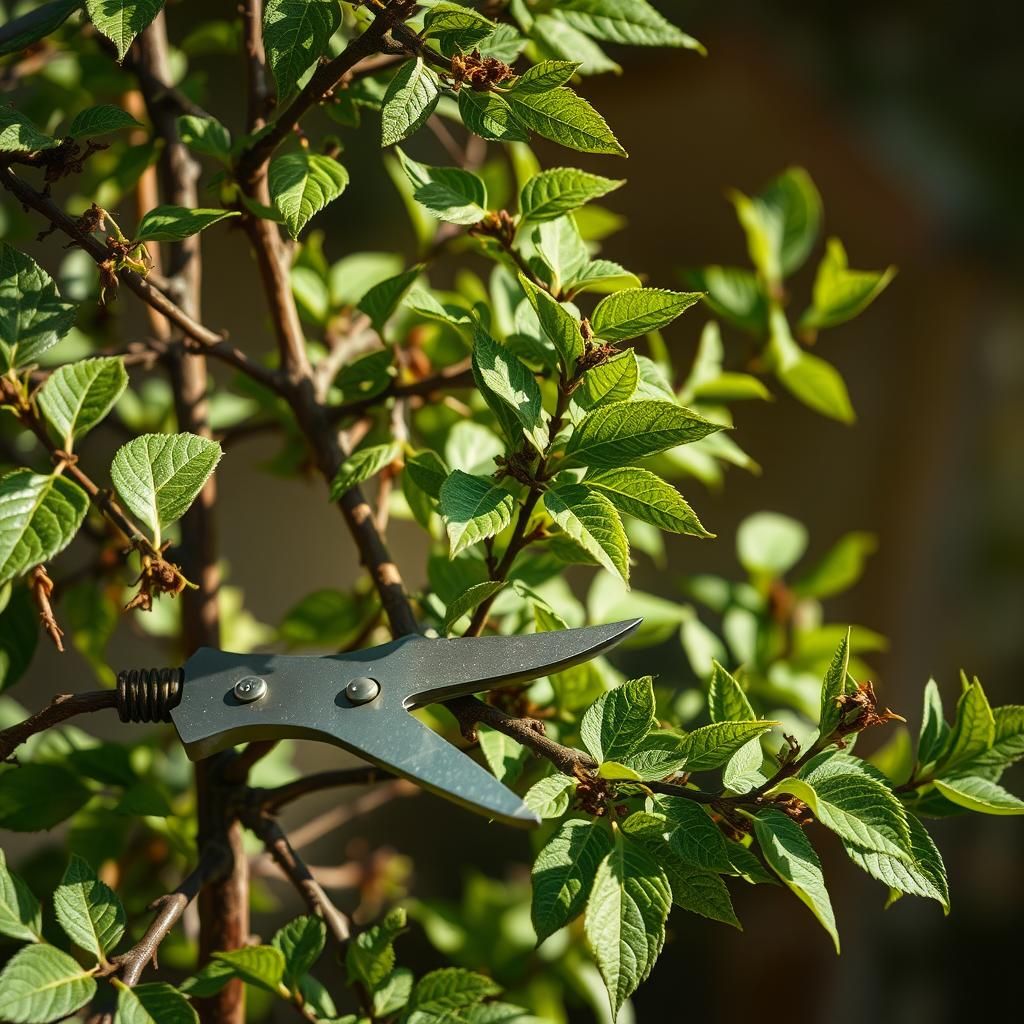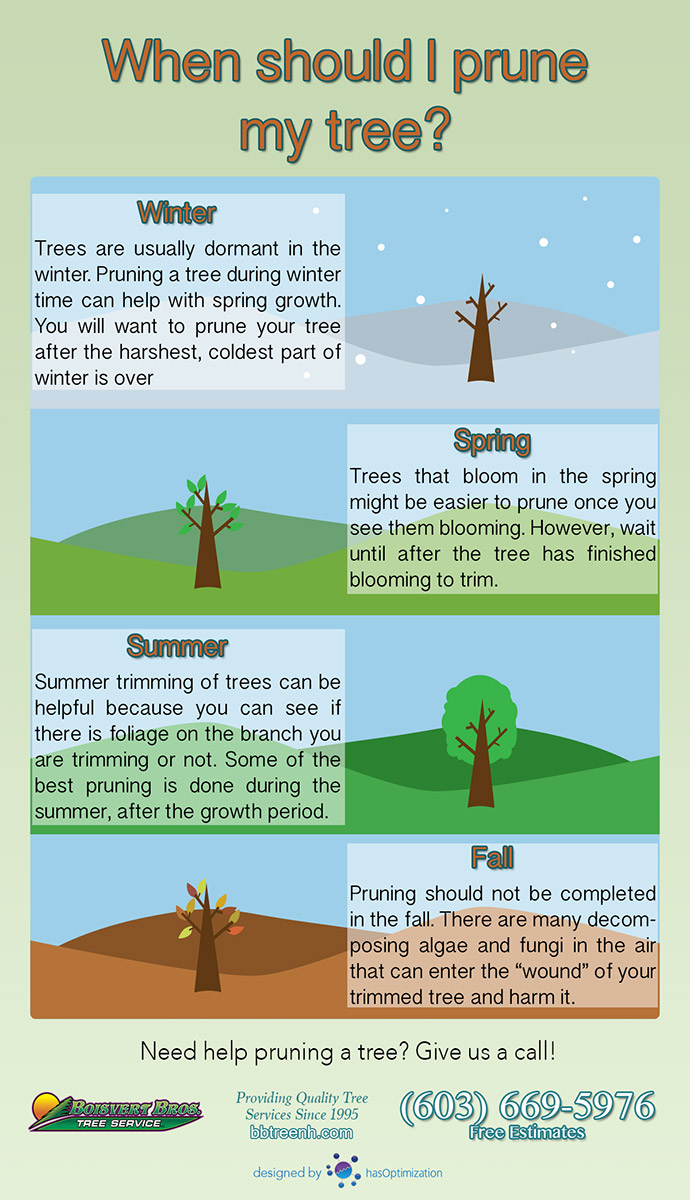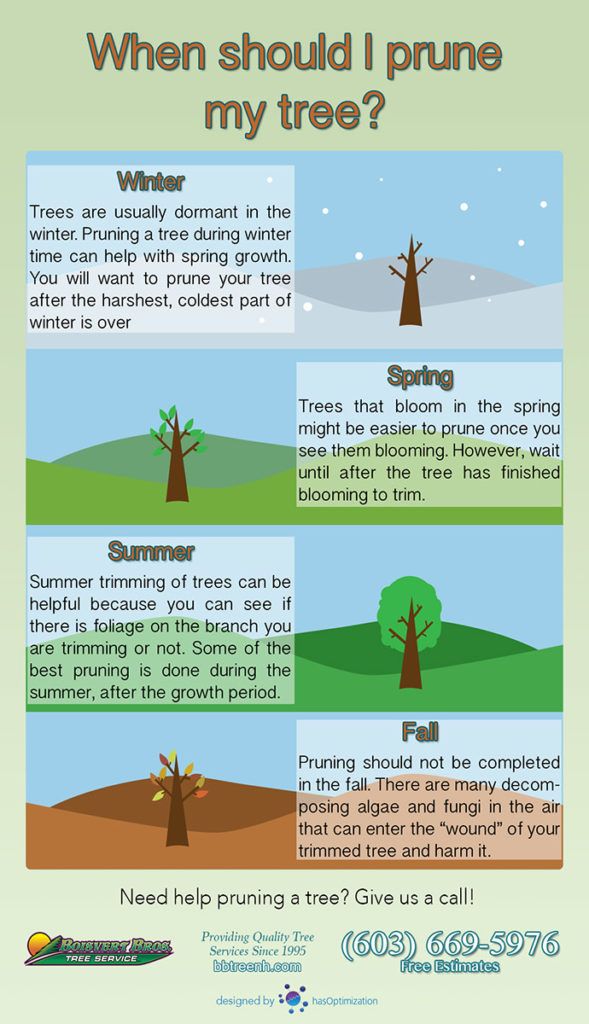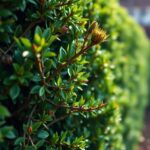Is There a Wrong Time to Prune? Essential Tips for Optimal Plant Care

Pruning is a critical aspect of plant care that significantly influences the health and growth of your garden. However, many gardeners often wonder: is there a wrong time to prune? Timing can make all the difference in encouraging healthy blooms, managing plant size, and preventing disease. In this article, we will delve into the essential guidelines for pruning at the right moments, discussing various factors that play a crucial role, including plant species, seasonal changes, and specific growth patterns. Understanding these tips will help you make informed decisions and ensure your plants thrive throughout the year.
Is There a Wrong Time to Prune?
Pruning your plants is an essential part of gardening that helps maintain their health and encourages new growth, but timing is crucial. There can indeed be a wrong time to prune, as doing so at the wrong moment can hinder a plant's development or expose it to disease. For most plants, the optimal time for pruning is typically during their dormant season, which is late winter or early spring before new growth begins. However, different species have varying needs; some may benefit from pruning immediately after flowering to encourage more blooms in the next season. Therefore, understanding the specific growth cycles and health of your plants is vital to ensure effective and beneficial pruning.
Understanding Plant Growth Cycles
Every plant has a unique growth cycle, which includes phases like dormancy, growth, and flowering. During dormancy, which usually occurs in the winter, plants are less stressed and are better able to recover from pruning wounds. Pruning during this time often results in vigorous growth in the spring. However, if you prune during the active growth phase, you risk reducing the plant's ability to produce flowers or fruit, as these are developed on the previous season's wood.
Effects of Seasonal Changes on Pruning
Seasons greatly influence when and how you should prune different types of plants. For instance, deciduous trees and shrubs typically benefit from pruning in late winter when they are dormant. Conversely, some evergreen plants may be better left until late spring or summer after they have completed their new growth cycle. Therefore, understanding your local climate and how it affects different plant species is crucial for determining the proper timing for pruning.
Pruning and Disease Risk
The timing of pruning can also affect a plant’s susceptibility to diseases. Pruning during damp and humid seasons can expose open cuts to fungal pathogens and pests, leading to increased disease risk. To minimize this threat, it’s recommended to prune during dry weather and to ensure that tools are sanitized to prevent the spread of pathogens between trees. Timing your pruning around dry spells enhances the health of your plants and contributes to successful growing.
Different Plants, Different Needs
It's essential to note that not all plants are pruned at the same time or to the same degree. For example, certain flowering shrubs should be pruned immediately after they bloom to promote new growth for the next season, while others may be pruned in winter. Researching the specific needs of each species in your garden helps determine the best pruning schedule and avoids potential pitfalls from premature or late pruning.
Signs That It’s Time to Prune
While timing is critical, it’s also important to recognize the physical signs indicating when to prune. Dead, damaged, or diseased wood should be pruned out whenever noticed, regardless of timing. Additionally, if a plant appears overgrown or is impeding the growth of neighboring plants, it might be time for an intervention. Always assess the overall health of the plant, as this can guide you on whether it's the right time to prune.
| Plant Type | Best Pruning Time | Notes |
|---|---|---|
| Deciduous Trees | Late Winter | Encourages growth in spring. |
| Evergreen Shrubs | Late Spring | Prune after new growth. |
| Flowering Plants | After Blooming | Promotes future blooms. |
| Vegetable Plants | Ongoing During Growth | Remove dead leaves and branches. |
| Fruit Trees | Winter to Early Spring | Encourages fruit production. |
When should you not prune?

When it comes to pruning plants and trees, timing is critical to ensure their health and vitality. There are specific situations when pruning should be avoided to prevent potential damage or stress to the plant. Here are the circumstances when you should refrain from pruning:
During Dormant Seasons
Pruning during the dormant season can be detrimental for certain plants. While many deciduous trees benefit from winter pruning, some species are particularly sensitive.
- Flowering shrubs: Pruning them when they are dormant may remove flower buds and affect blooming.
- Fruiting trees: Late winter pruning can remove buds that will produce fruit in the upcoming season.
- Evergreens: Pruning during colder months can cause stress when the plant is already in a state of rest.
When Plants Are Stressed
Never prune plants that are under stress from disease, pests, or environmental factors such as drought or extreme heat. This can further weaken the plant and make recovery challenging.
See also:
- Illness: If a plant is infected by a disease, pruning can worsen the issue by spreading the pathogens.
- Pest infestations: Pruning infested branches can disperse pests to other parts of the plant or nearby plants.
- Environmental stress: Avoid pruning during periods of drought or heat stress as the plant is already struggling to survive.
In Early Spring
Pruning in early spring can be problematic for many flowering plants, especially if they bloom on older wood. Pruning can inadvertently remove buds that will produce flowers.
- Spring bloomers: Plants like lilacs and azaleas should not be pruned until after they have bloomed to ensure floral display.
- Tree sap flow: Certain trees may bleed sap if pruned at this time, which can lead to health problems.
- New growth tenderness: New buds and shoots are often tender and can be easily damaged if pruned too early.
During Wet Weather
Pruning during wet weather is discouraged as it increases the risk of fungal infections and diseases.
- Soil saturation: Wet soil can lead to root disturbance when trying to prune more extensive plants.
- Fungal spores: Wet conditions can harbor fungal spores, making it easier for infections to spread post-pruning.
- Wounds healing: Trees and shrubs do not heal their wounds effectively in damp conditions, prolonging exposure to pathogens.
Right Before Dormancy
Pruning immediately before a plant’s dormant period can lead to shock and hinder the plant from transitioning effectively into dormancy.
- Energy reserves: Late-season pruning can deplete the plant’s energy reserves, leaving it vulnerable during winter.
- Unseasonable growth: Pruning late in the season may encourage new growth that won’t survive the cold.
- Hormonal response: Pruning just before dormancy can trigger hormonal responses that the plant might not be able to sustain.
Is there a bad time to prune trees?

Pruning trees is an important practice to maintain their health and appearance, but timing is crucial for optimal results. There are indeed bad times to prune trees, largely depending on the species of the tree, the climate, and the specific goals of pruning.
When trees are pruned at the wrong time, it can lead to significant issues, including stress, disease susceptibility, and improper growth patterns. Here are some key factors to consider regarding the timing of tree pruning:
Understanding the Dormancy Period
Pruning trees during their dormant period is often recommended. Trees generally go dormant in winter, during which they conserve energy. Pruning during this time can promote healthy growth in the spring.
- Reduced Stress: Trees experience less stress when pruned while they are dormant.
- Improved Healing: Dormant trees heal faster from cuts.
- Enhanced Growth: New growth can emerge more vigorously when trees are pruned at the right time.
Avoiding Pruning During Active Growth
Pruning trees during their active growing season, especially in spring and summer, can be detrimental. This is when trees are using energy for new growth, and cutting branches can hinder their ability to thrive.
- Energy Drain: Pruning diverts energy away from growth, which can weaken the tree.
- Increased Vulnerability: Trees are more vulnerable to pests and diseases if pruned during growth.
- Improper Growth Patterns: Cutting during active growth can lead to excessive growth of shoots.
Seasonal Considerations
The season plays a critical role in determining the best time to prune. For instance, certain trees have specific seasons when pruning is more beneficial for their health and longevity.
- Winter Pruning: Ideal for most deciduous trees; allows for sunlight to penetrate the tree canopy.
- Summer Pruning: Best for shaping and removing unwanted growth but can be risky.
- Fall Pruning: Often discouraged as it can leave trees vulnerable to winter damage.
Species-Specific Guidelines
Different tree species have unique pruning needs and timelines. Understanding these specifics can lead to better outcomes.
- Flowering Trees: Prune after blooming to avoid removing next season's flowers.
- Fruit Trees: Typically best pruned in late winter when dormant.
- Evergreens: Minimal pruning is recommended, with late spring being preferred for any necessary cuts.
Monitoring Tree Health
The overall health of the tree should also influence your pruning schedule. Trees in poor health should be monitored closely for the best timing.
See also:
- Assessing Damage: Trees that have sustained damage should be assessed immediately, regardless of season.
- Disease Symptoms: Remove diseased branches at any time to prevent spread.
- Regular Inspections: Conduct regular health assessments to determine the right pruning time.
What happens if you prune a tree at the wrong time?
If you prune a tree at the wrong time, it can have several negative effects on the tree's health and growth. The timing of pruning is crucial as it influences the tree's ability to heal and recover from wounds. Pruning at inappropriate times, such as during the late winter or early spring for certain species, can lead to increased susceptibility to diseases and pests. Additionally, premature or late pruning can disrupt the natural growth cycles, leading to poor flowering or fruiting.
Risk of Disease and Pests
Pruning at the wrong time can significantly increase the risk of disease and pest infestations. When cuts are made during active growth periods, the tree's natural defense mechanisms are weakened.
- Herbaceous Diseases: Trees pruned prematurely may attract pathogens, leading to infections.
- Pest Infestations: Wounds can serve as entry points for insects, increasing pest populations.
- Fungal Growth: Excessive moisture on fresh cuts can promote fungal infections.
Improper Growth Patterns
When tree pruning is performed at the wrong time, the tree may exhibit stunted growth or abnormal growth patterns. This happens because trees rely on certain hormonal signals that are affected by the timing of pruning.
- Disrupted Hormonal Balance: Incorrect timing can alter the hormone levels responsible for growth.
- Weak Branch Development: Trees may produce weak, spindly branches if pruned at the wrong time.
- Delayed Blooming: Improper pruning can result in delays in flowering or fruiting periods.
Reduced Flowering and Fruit Production
For flowering and fruit-bearing trees, pruning at the wrong time can lead to greatly diminished blooms and reduced yields. Misguided pruning can interfere with the tree's reproductive cycle.
- Flower Bud Removal: Pruning too late in the season might remove buds that would have produced flowers.
- Fruit Set Issues: Poor timing can lead to fewer fruits being set or harvested.
- Quality of Produce: Incorrectly timed pruning may also affect the size and quality of the fruits produced.
Compromised Tree Structure
Pruning at inappropriate times can lead to structural issues within the tree. A lack of proper pruning when necessary can result in weak branch angles and imbalanced growth.
- Weak Branch Junctions: Improper timing can leave branches susceptible to breakage.
- Unstable Growth: A tree with poor structure may not withstand strong winds and storms.
- Increased Maintenance Needs: A compromised structure necessitates more frequent maintenance and pruning.
Increased Stress on the Tree
Pruning trees at the wrong time can significantly stress the tree, making it harder for them to thrive. Trees already have their own growth patterns, and disrupting these can lead to considerable stress.
- Decreased Photosynthesis: Stress can lead to reduced leaf area, hindering the tree's ability to photosynthesize.
- Increased Water Loss: Trees may lose water more quickly due to wounds, leading to dehydration.
- Higher Resource Allocation: Trees may divert energy to heal wounds, leaving fewer resources for growth.
Questions from Our Readers
Is there a wrong time to prune?
Pruning at the wrong time can harm your plants. Generally, it's best to avoid pruning during their active growing season, as this can cause stress and affect their health. Instead, consider pruning during dormant periods, such as late winter or early spring, when plants can recover more easily.
What are the signs that it's the wrong time to prune?
Signs that it may be the wrong time to prune include new growth emergence or flowering. If you notice buds forming or new leaves sprouting, it could indicate that your plant is preparing for a growth phase, and pruning at this time may inhibit its development.
Can pruning at the wrong time cause damage?
Yes, pruning at the wrong time can indeed cause damage to your plants. Pruning when they are actively growing can lead to shock, reduced yields, or even death. It’s vital to understand the growth cycle of your specific plants to avoid unnecessary harm.
What is the best time of year to prune?
The best time of year to prune varies by plant species, but generally, late winter or early spring is ideal for most deciduous trees and shrubs. During this period, plants are still dormant, and pruning can stimulate healthy growth without causing stress or injury.
See also:

If you want to read more articles like Is There a Wrong Time to Prune? Essential Tips for Optimal Plant Care, we recommend you check out our Pruning category.
Leave a Reply

Related Articles